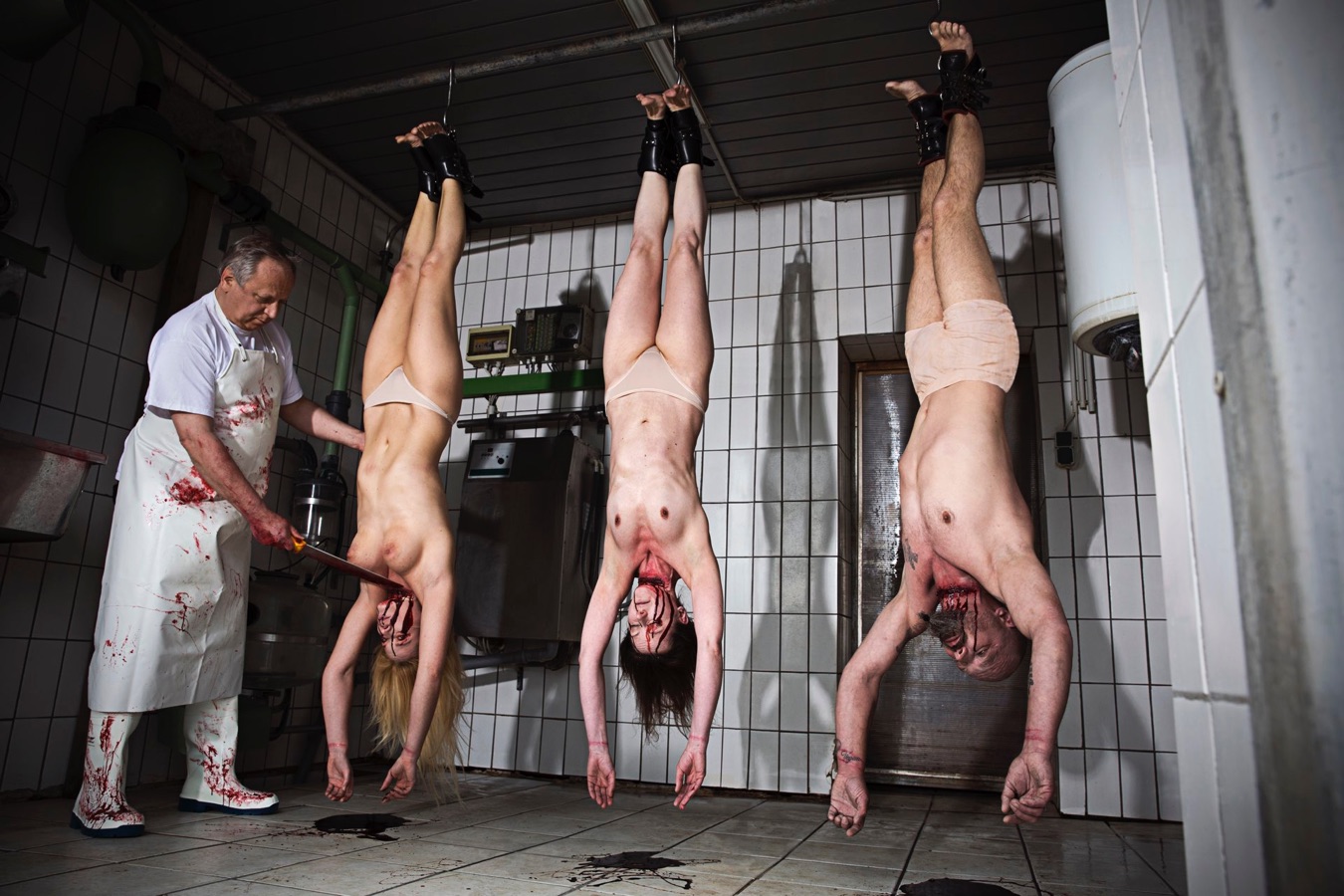
The goal of the ghoulish photo production meat lovers is to draws attention to the insatiable mass meat consumption with all its consequences.
If one acknowledges humans and animals as equal living creatures, then our behaviour towards animals is more than questionable on an ethical and moral level. To demonstrate what pain humans cause, meat lovers puts humans into the role of the animal.
Evermore, faster, cheaper! These are the objectives and goals of livestock breeding. Only a few decades ago, meat was on the plate - if at all - once a week. Nowadays meat has become a staple food. Its consumption has increased to such an extent, that the manufacturing methods for these enormous amounts had to change.
Animals are evaluated according to there profit in mass meat productions. Only the best price determines their husbandry system. This is why the immense animal suffering in factory farms can not be avoided.
But it is not only the harm caused to animals that should raise awareness; the consequences for humans are far greater, which means that a fundamental change in thinking is not a choice but a must.
War will be fought for water. And livestock breeding contributes its part: every pig consumes approximately 1 million litres of water in a lifetime; each cow up to 10 million litres. But apart from the water consumption, the land utilisation impacts and effects our environment. This does not only concern livestock breeding, but especially food manufacturing. The production of animal food requires ten times more land than crop production.
Additionally, livestock breeding is responsible for a great amount of greenhouse gases worldwide. It is even said that animal source foods carry up to 50% of the total greenhouse gas emissions. Poor sanitation and waste management in factory farms can lead to the contamination of the food supply.
Apart from the fact that this mass production of meat destroys our environment and is a key factor of global warming, the consumption and waste of meat through the middle and upper class is also responsible for world hunger becoming greater and greater. Among other things, the result is the costs of a child’s life every six seconds. But this is just a small fraction…
Antibiotics have been used on factory farms to increase the rate of growth in animals. Antibiotics are also given to farm animals for non-therapeutic purposes. Whether they are sick or well does not matter, it is simply important to keep as many of them alive until it is time for slaughter. Antibiotics also help them survive crowded, stressful, and unsanitary conditions. Using antibiotics in this way can lead to drug-resistant bacteria; as a result, certain bacterial infections can become untreatable for humans. Antibiotic resistance is one of the leading human health threats of our time.
Even though there is medical proof that a lot of diseases like heart disease, high blood pressure, diabetes, rheumatism and cancer can be traced back to the mass consumption of meat, the need for it still continues increasing rapidly.
These images shall encourage humans to get a sense of the enormous meat consumption and to critically question it. Because every human has a responsibility! Each and every one of us has the option to consciously walk through life and therefore contribute to a positive change in our society.
„Let us not take this planet for granted!“ - Leonardo DiCaprio
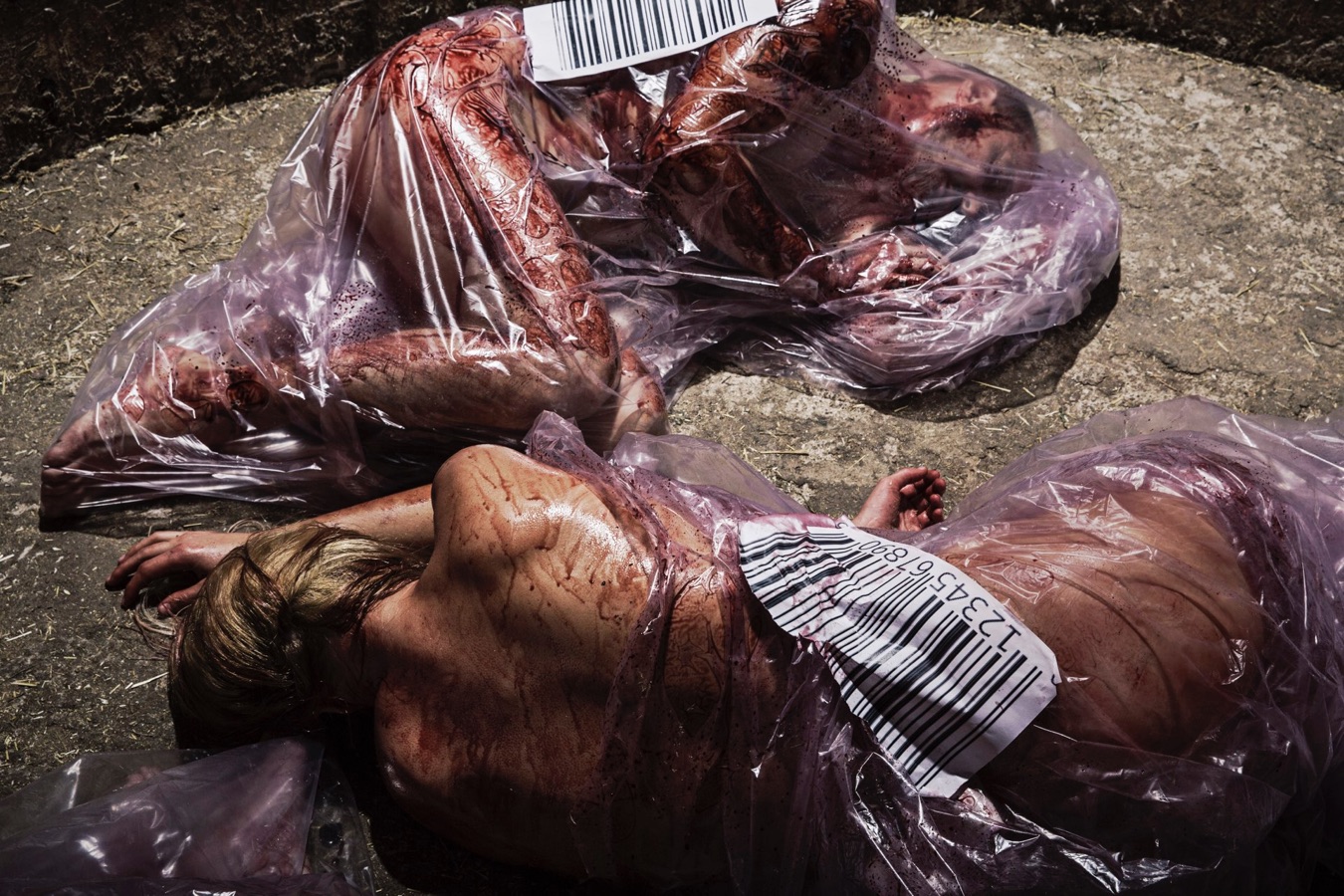
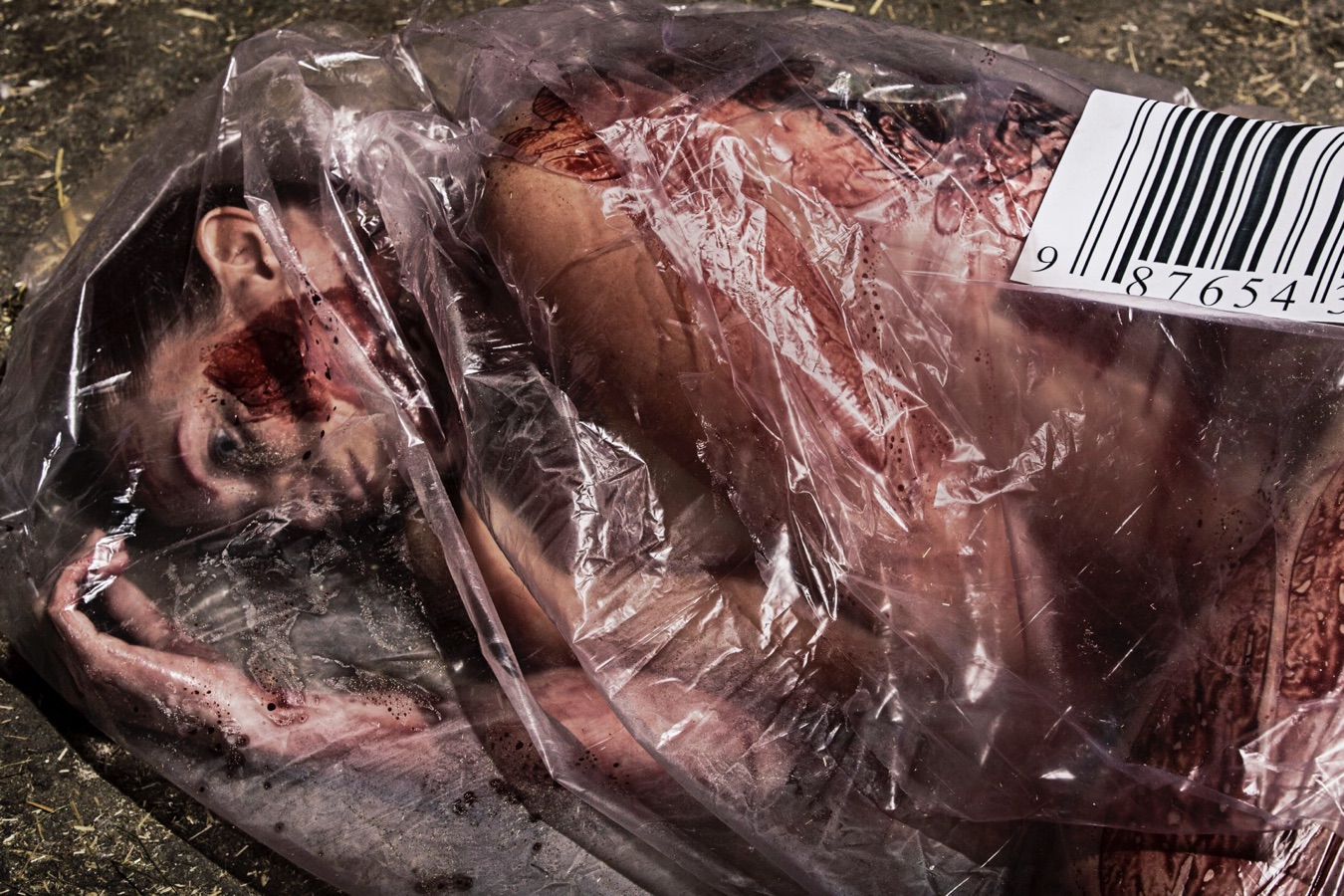
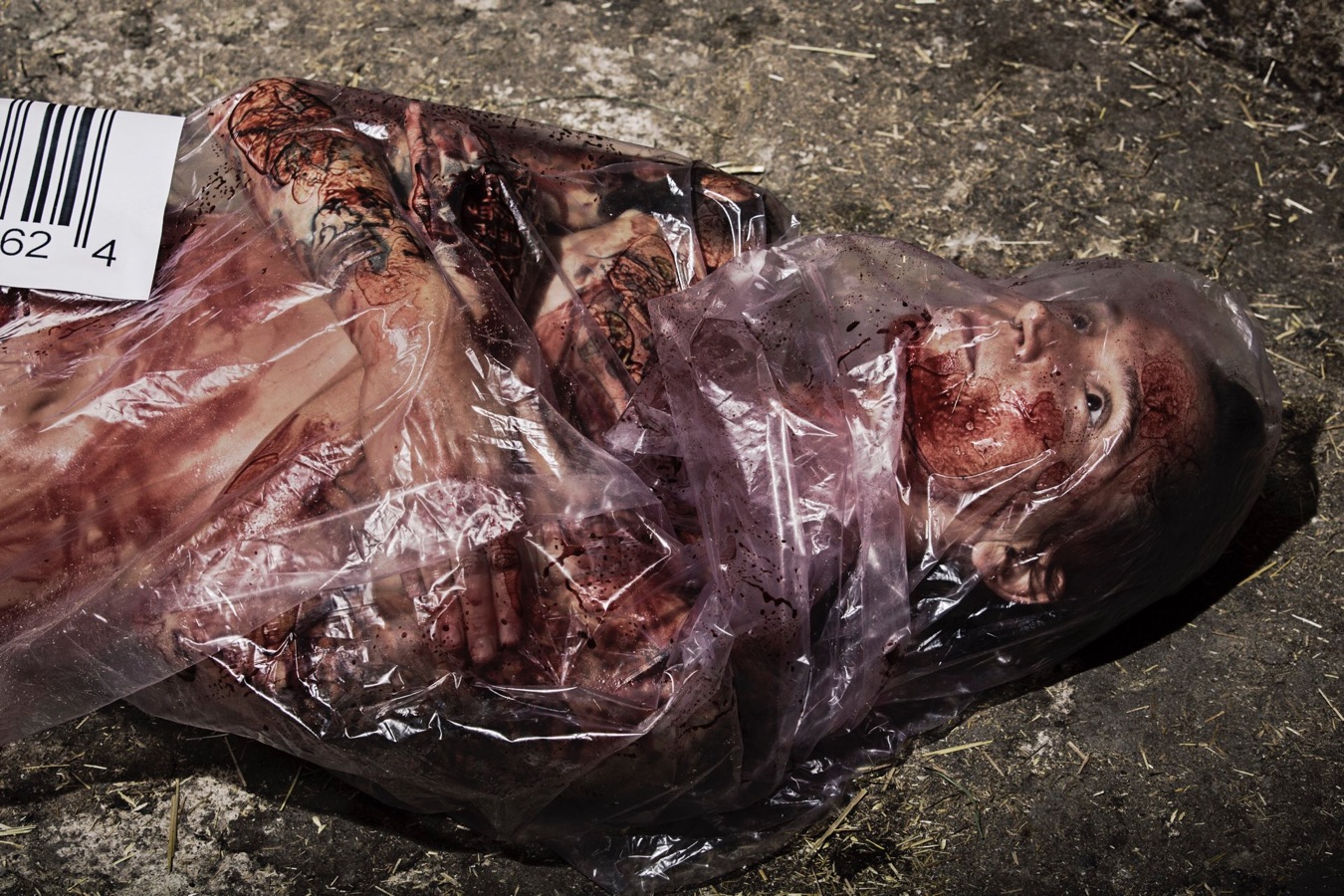
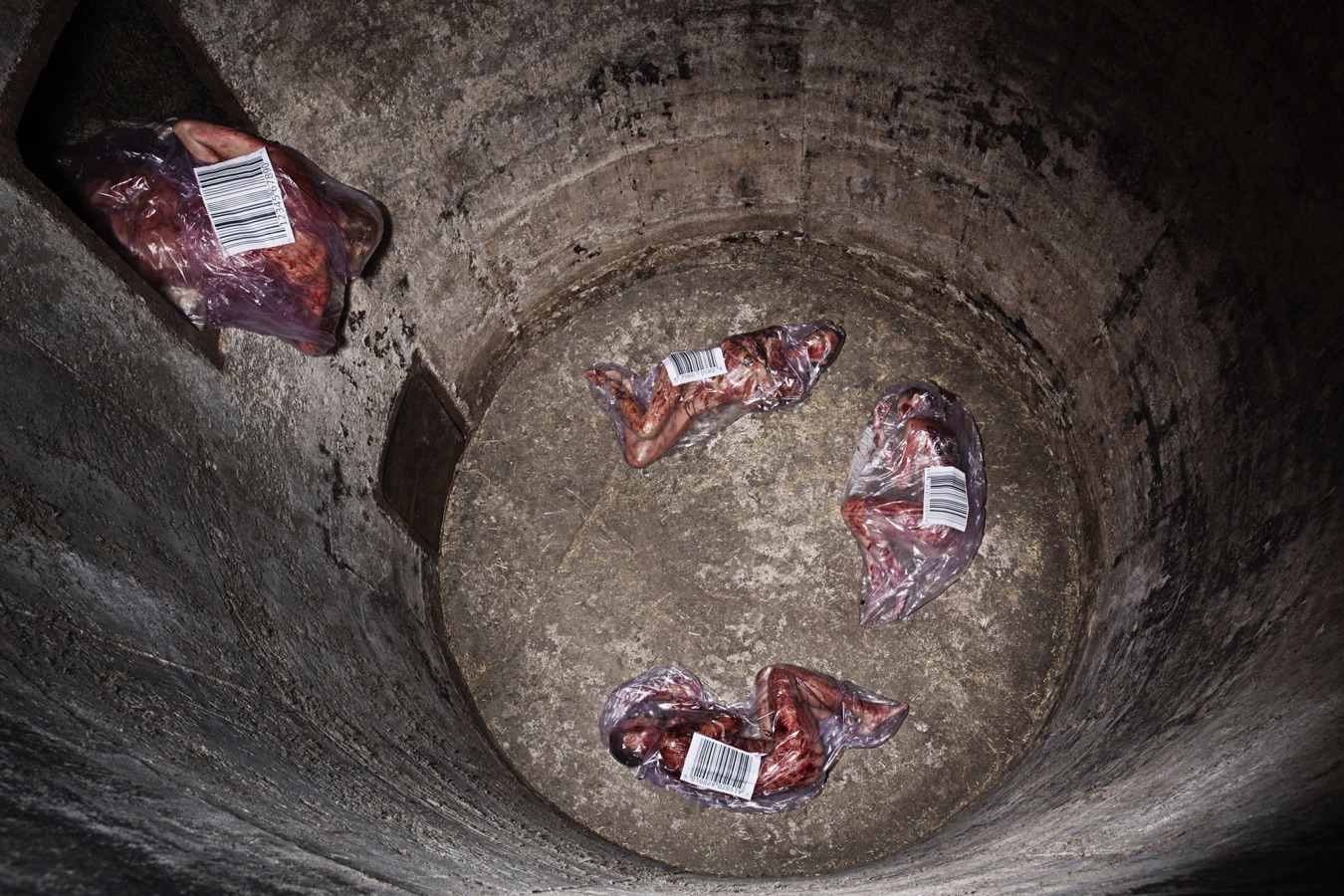
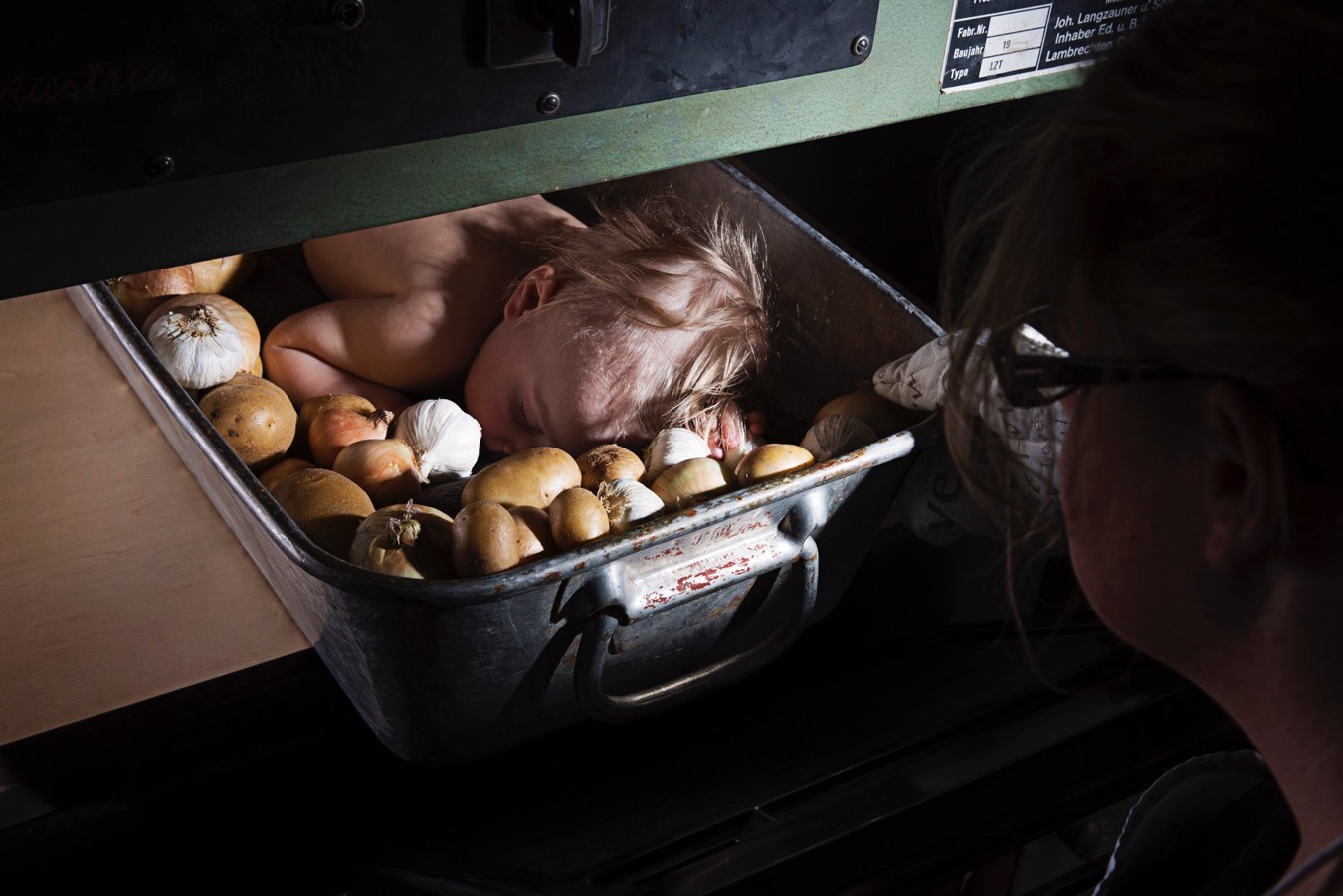
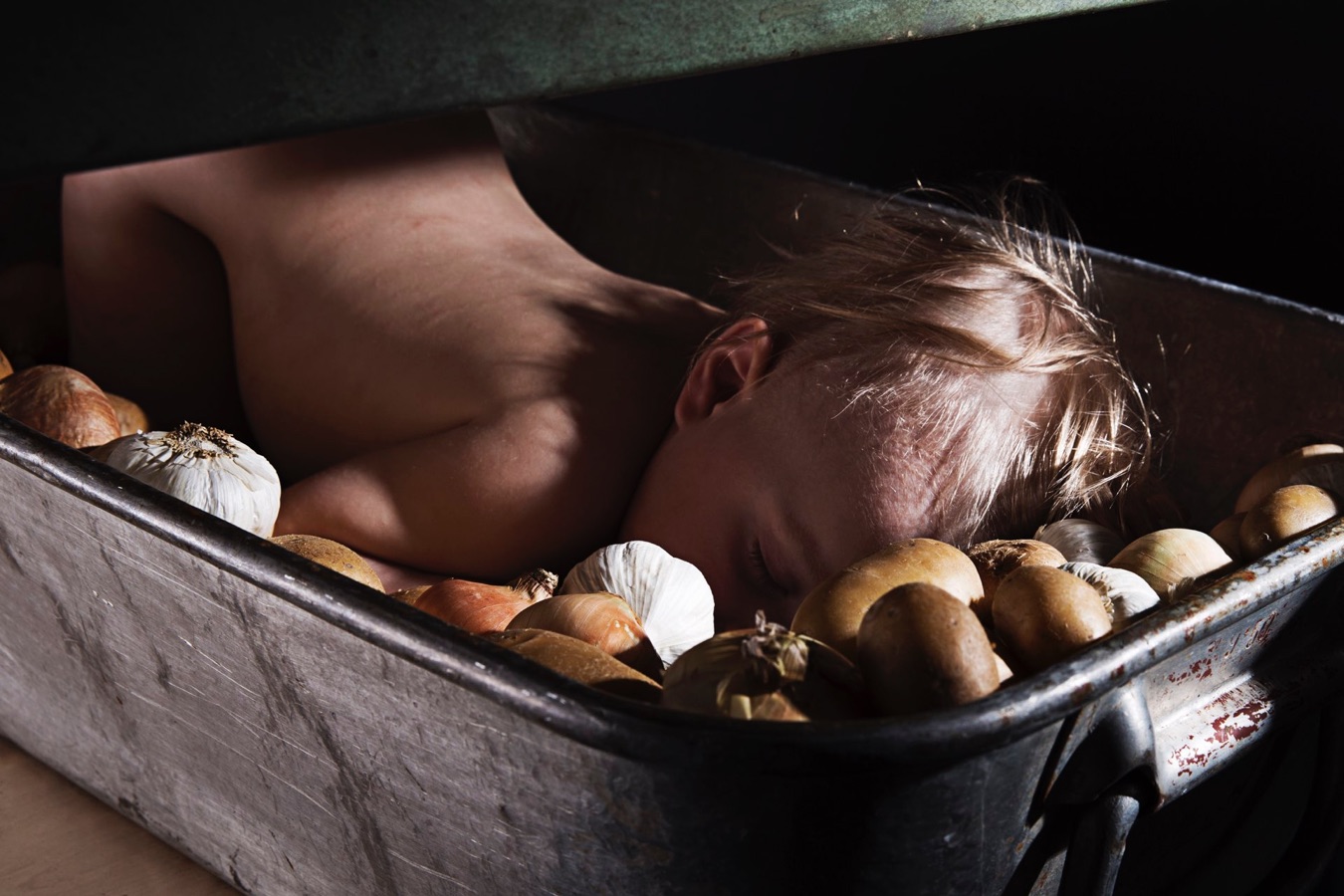
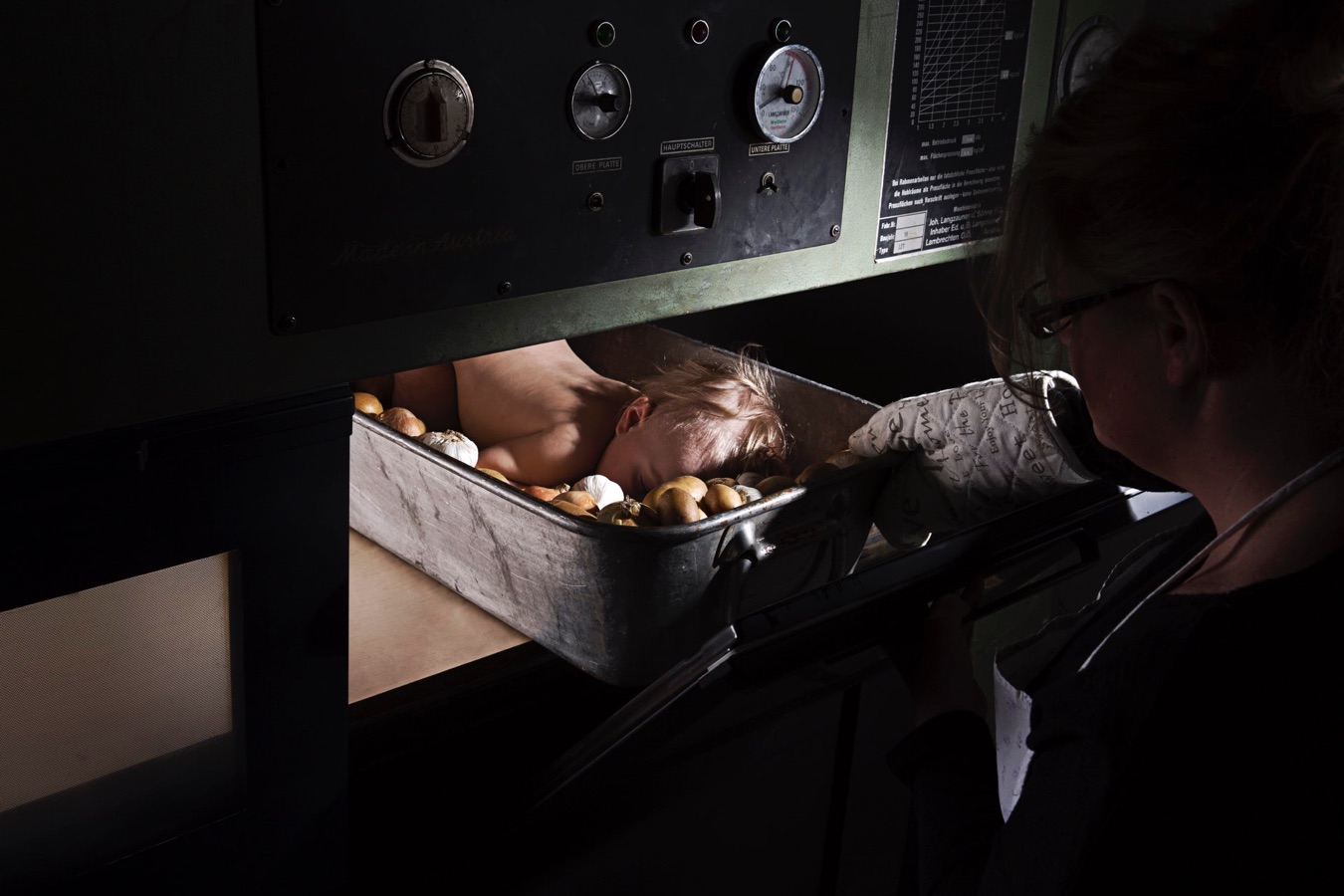

Humans kill over 56 billion farmed animals every year.
These figures do not even include fish and other sea animals whose deaths are only measured in tones.
© 2023 Anja Grundböck Photography.
All rights reserved.


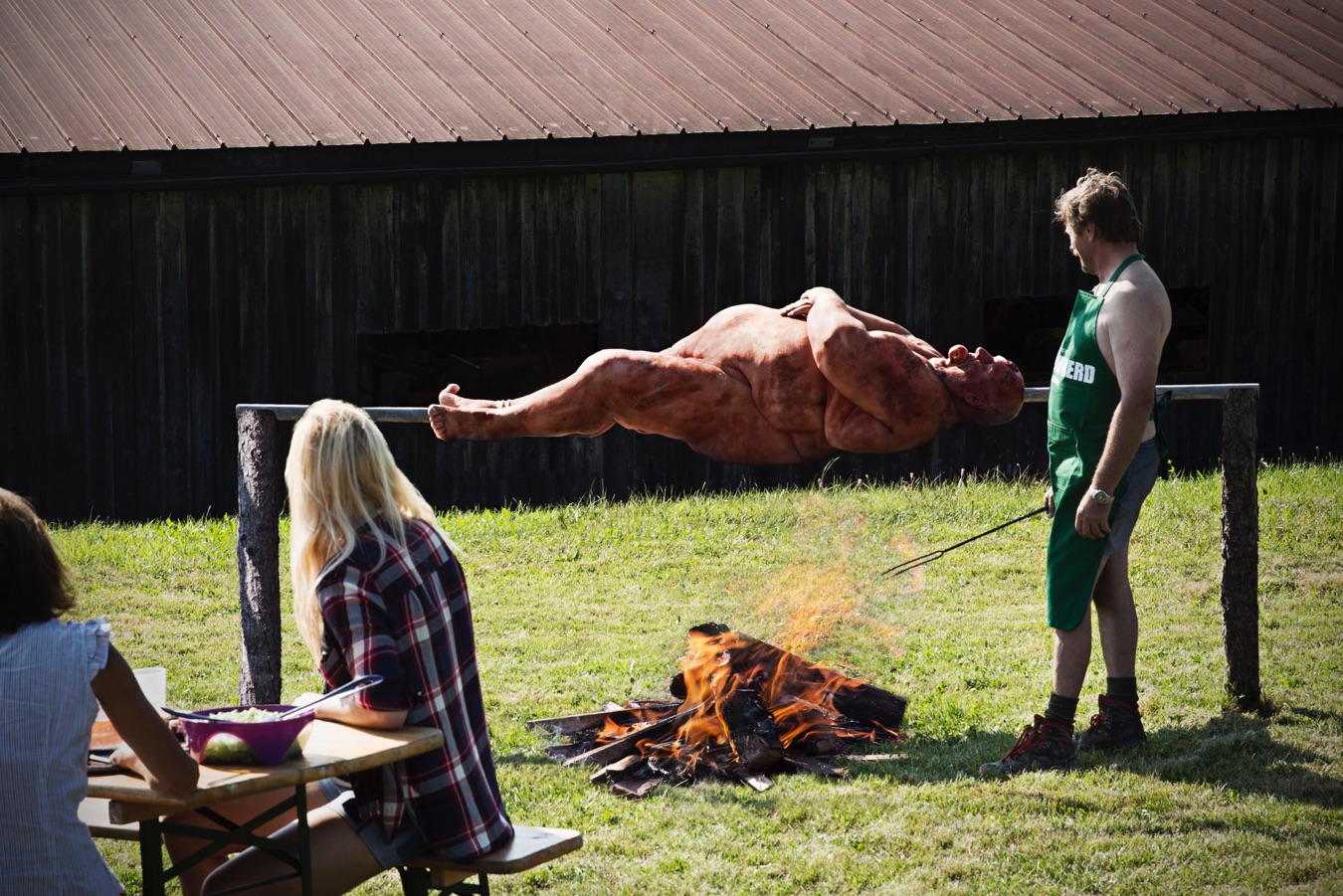
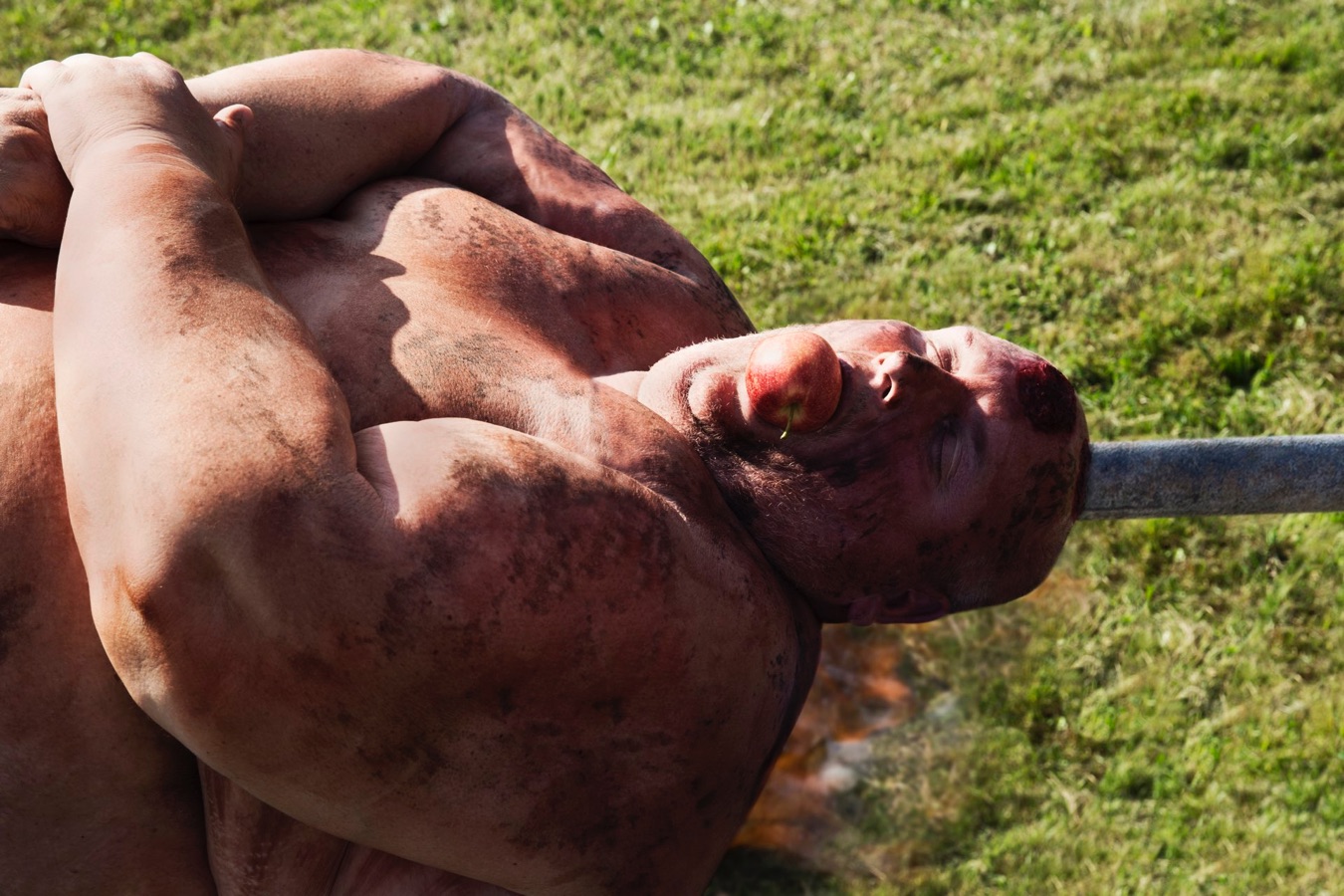
As children we are already conditioned to view cows, pigs, chickens and fish as inferior beings whose reason for existence is only to provide us with meat, milk and eggs.
Turkeys are genetically manipulated to grow extremely fast in order to achieve the right market-weight. Approximately 45 million Turkeys are killed each year in the United States alone for so-called “Thanksgiving”.
About one-third of all food produced worldwide gets lost or wasted in food production and consumption systems. Just one-fourth of this would be enough to feed up to 870 million hungry people in the world.
meat lovers - behind the scenes photos





